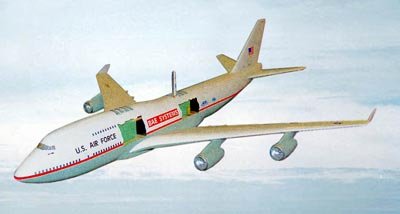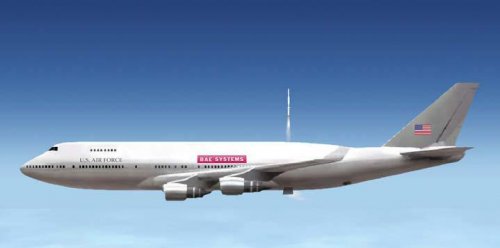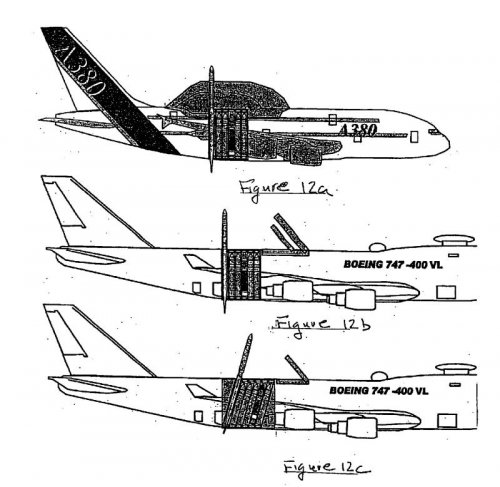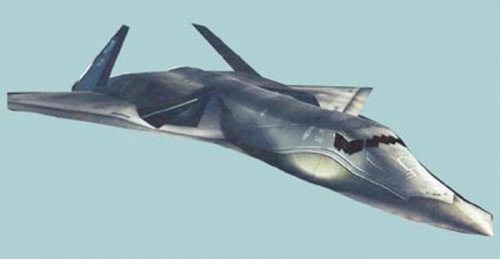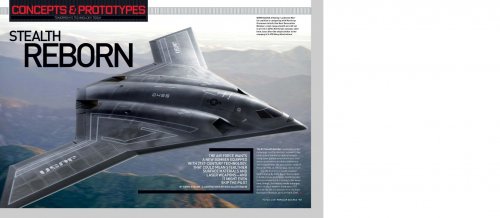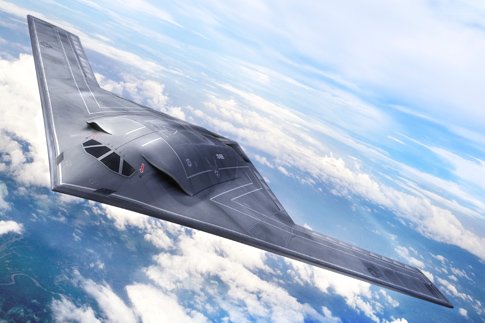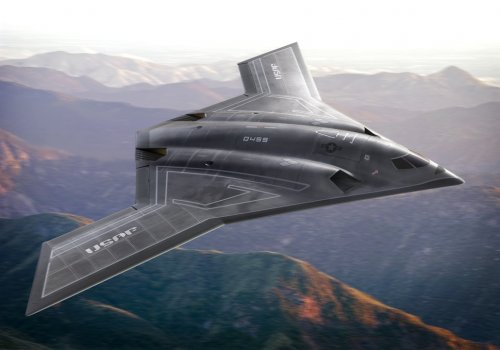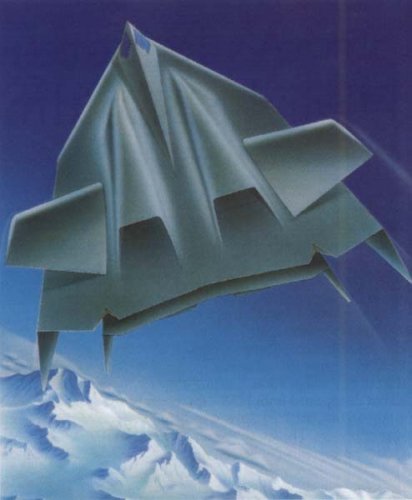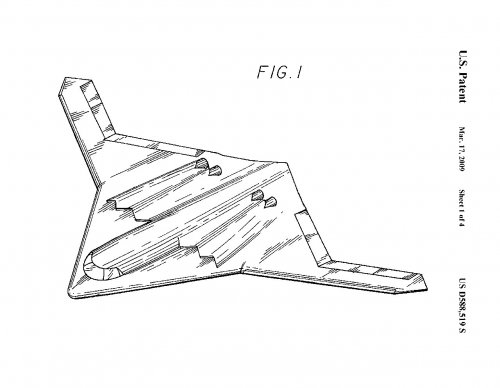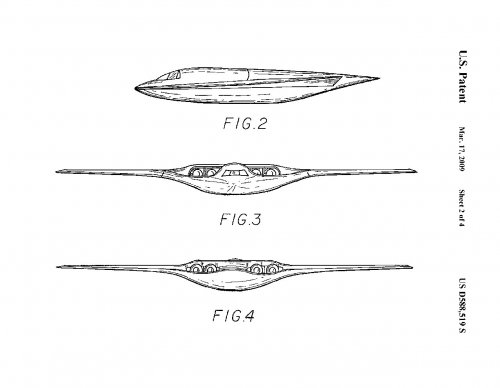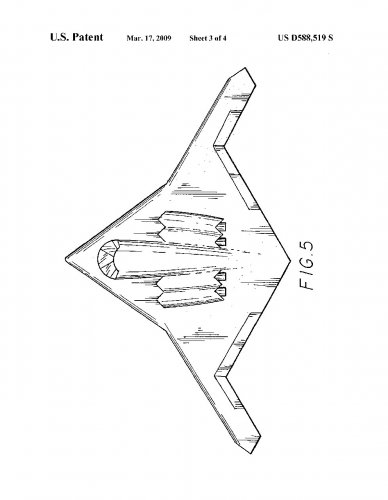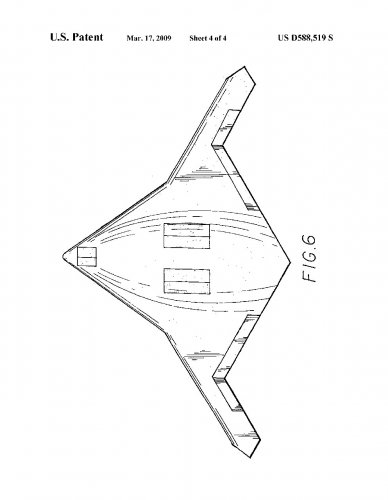By Graham Warwick
The U.S. Air Force remains interested in a high-speed, long-range strike aircraft despite the decision to stay subsonic for its Next-Generation Bomber and cancellation of the Blackswift hypersonic demonstrator.
A subsonic bomber was chosen because the technology for a highly survivable supersonic aircraft was not mature enough to meet the 2018 service-entry goal, says Ronald Paul, chief scientist for the Air Force Research Laboratory's air vehicles directorate. "Highly survivable" means broadband all-aspect stealth and requires a tailless configuration with embedded engines, which has never been done with a supersonic aircraft, he says.
When the Air Force defined its 2018 bomber, "the technology was not on the table" for a supersonic aircraft, says Paul. Now the AFRL is wind tunnel-testing supersonic, long-range strike designs by Lockheed Martin and Northrop Grumman. A key enabling technology being matured is active flow control, says Paul, both in the stealthy serpentine inlet and exhaust ducts for the embedded engines and for flight control of the tailless platform.
The AFRL is also working with USAF's Air Combat Command and Pacific Command on an analysis of long-range strike options. This is a follow-on to the studies that resulted in selection of a manned subsonic aircraft as the Next-Generation Bomber, but is focused on weapons, says Paul.
Options being studied include high-speed weapons such as a long-range missile based on technology from the Boeing X-51A scramjet-powered hypersonic demonstrator, which is scheduled to fly toward the end of this year.
With cancellation of the hypersonic Blackswift - which would have tested turbojet/scramjet combined-cycle propulsion in a reusable demonstrator - the laboratory is looking for additional funding to test a long-range version of the X-51, says AFRL's commander, Maj. Gen. Curtis Bedke.
Blackswift - a joint program between AFRL and the U.S. Defense Advanced Research Projects Agency - was canceled last year by Congress, which was skeptical that the unmanned demonstrator could meet its ambitious goals. These included taking off from a runway, accelerating on turbojet power, transitioning to scramjets, cruising and maneuvering at Mach 6, and returning to a runway landing.
If the AFRL is allowed to keep the money intended for Blackswift, Bedke says, it could be used to advance a range of hypersonic technologies, including further developments of the air-launched, missile-size X-51.

